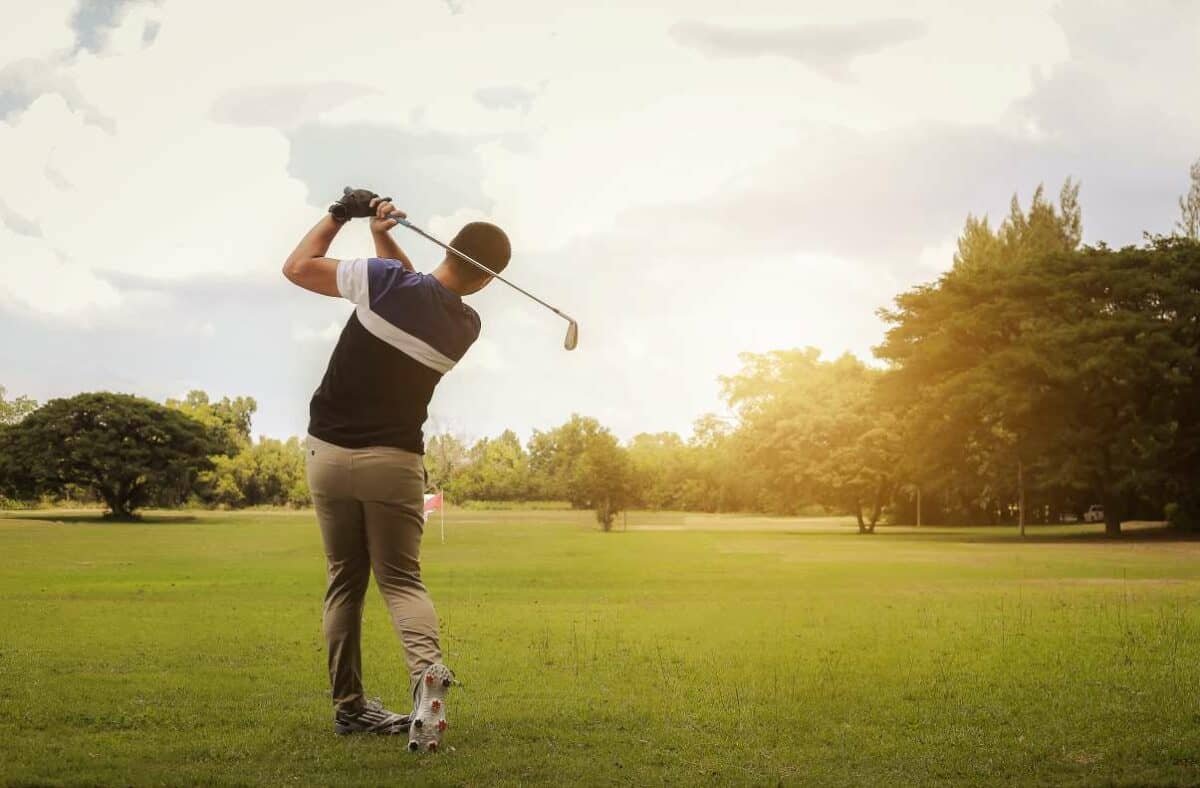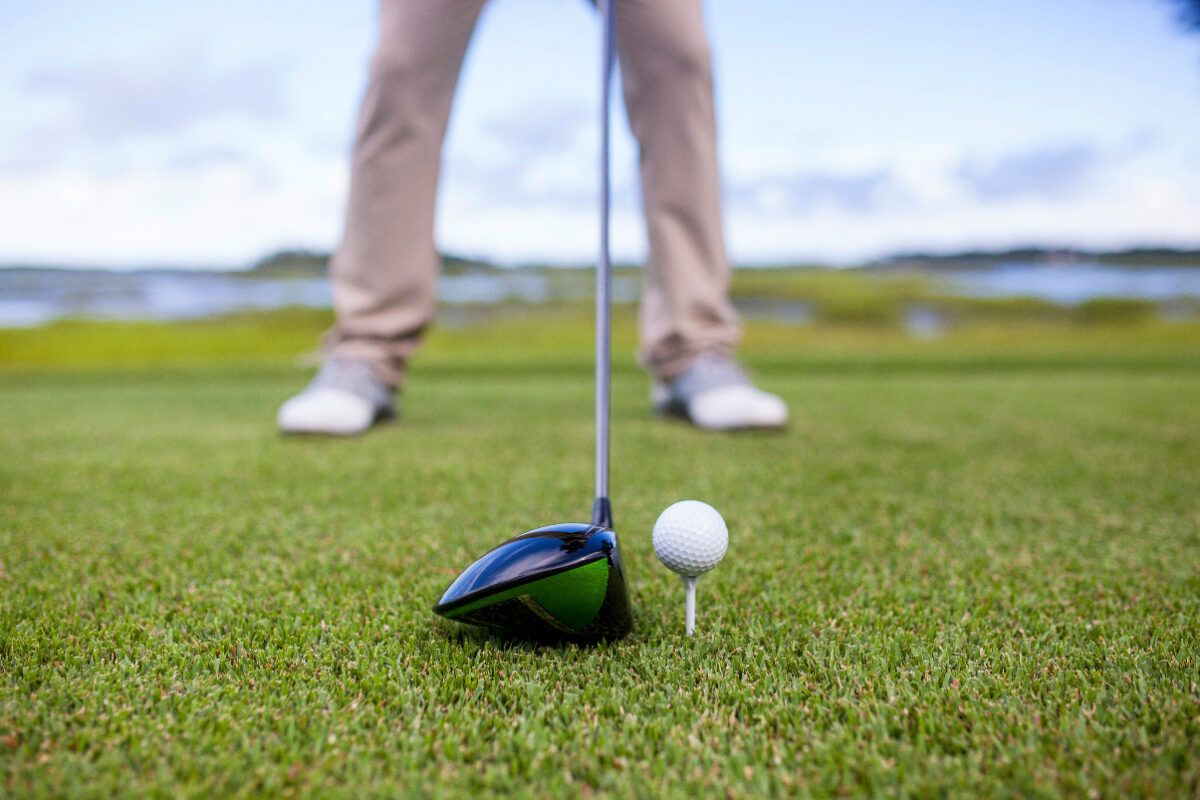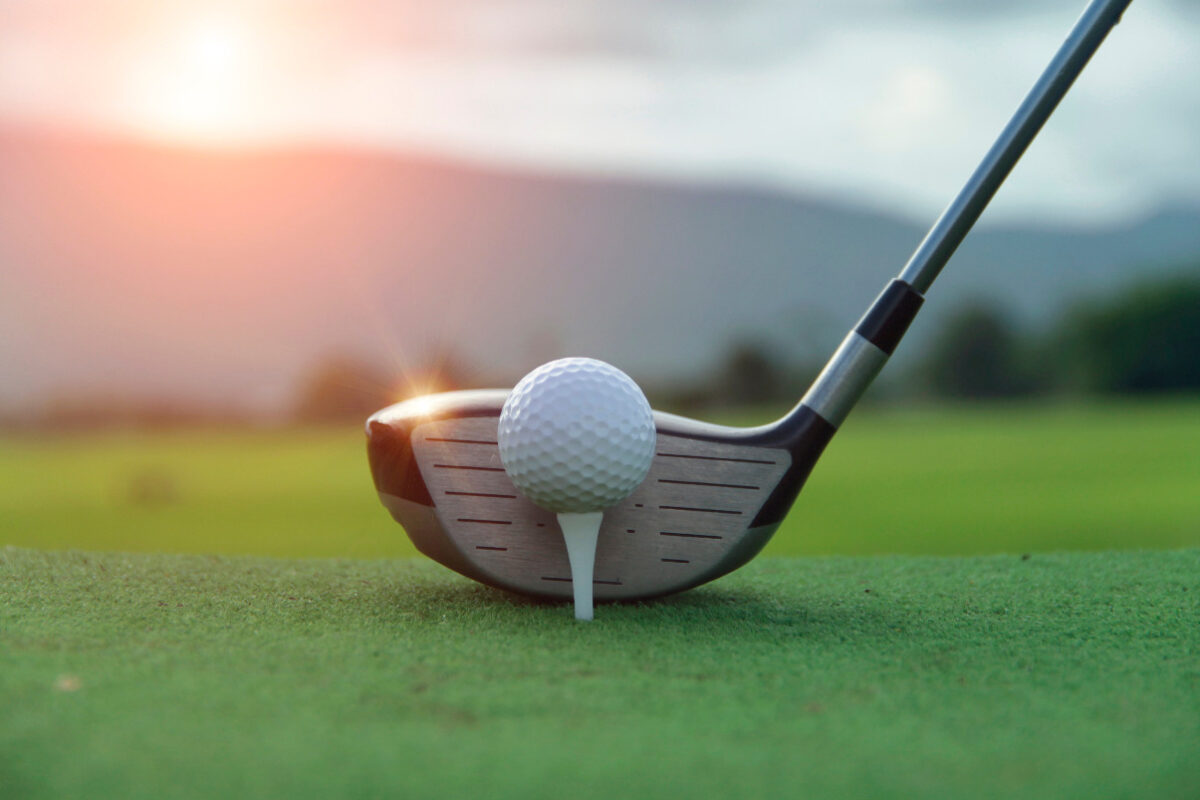What is the Best Golf Ball for a 10 Handicap Golfer?
The 10-handicap player occupies an interesting middle ground between the recreational and highly skilled levels.
With a well-established yet still improving game, golfers at this mid-handicap level require a golf ball delivering distance, feel, spin, and scoring control.
Choosing the right ball model tailored specifically to a 10 handicap’s moderate swing speeds and finesse game can provide that extra edge to lower scores.
In this guide, I’ll offer recommendations on the optimal golf balls for mid-handicap players. I’ll also discuss key factors to consider in choosing the best ball for your 10-handicap game.

Typical 10 Handicap Golfer Profile
First, let’s identify some general characteristics of the typical 10-index player:
- Consistently breaks 90 on regulation courses
- Has 5-8 years of regular golf experience
- Carries drives 225-250 yards (moderate clubhead speed)
- Makes mostly crisp contact but occasional mishits
- Seeks more greens in regulation and fewer 3 putts
- Interested in instruction and receptive to using game improvement equipment
With this well-rounded yet still developing skill profile, selecting the right equipment like golf balls becomes important for the progressing mid-handicap golfer.
Key Golf Ball Performance Factors for 10 Handicaps
Based on their general abilities and need for improvement, here are the most significant golf ball performance factors for 10 handicap players:
- Low driver spin for added distance off the tee
- High launch for optimum carry and air time
- Soft feel on irons and wedges for control
- Good spin and stopping ability on approach shots
- Maximum greenside spin and feel for touch shots
- Durable construction to maintain performance
- Moderate pricing in the $25-35 per dozen range
Keeping these performance attributes in mind will aid in selecting the best golf ball for a 10 handicap player.
Best Golf Balls for 10 Handicaps
Here are my top recommendations on golf ball models providing a strong match to the typical 10-handicap golfer:
Titleist Tour Speed
With excellent distance, feel, and short game control at a moderate cost, the Tour Speed is an excellent overall choice. The urethane cover grabs greenside while the speed-enhanced core boosts moderate swing speeds.
Callaway ERC Soft
Specifically designed for distance and soft feel, the ERC Soft maximizes moderate swing speeds at a great price. The urethane cover and Graphene-infused core provide superb all-around scoring performance.
Srixon Q-Star Tour
Q-Star Tour delivers low driver spin, a soft feel on approach, and excellent control on scoring shots. An ideal balance of distance and greenside precision.
TaylorMade Project (a)
The 3-piece construction of the Project (a) permits low spin off the tee combined with nice wedge-stopping power. A great value from a premium brand.
Snell MTB-X
This provides low-mid spin, soft feel, and tour-level quality at a discount. Designed for better players but is very forgiving. Excellent value.
Vice Pro
The premium 3-piece Vice Pro competes with the giants in technology and feels at a reduced cost. Great modern style and customization options.
Bridgestone e6
The reduced spin from a Gradational Compression core maximizes moderate swing speeds. The urethane cover provides a nice feel and control.

Key Golf Ball Technology Features for 10 Handicaps
Beyond specific models, here are the key technical features to look for in golf balls to maximize benefits for a 10 handicap:
- Multi-layer construction – At least 3-pieces allow for optimizing weight distribution and spin.
- Urethane cover – Provides necessary high greenside spin and soft feel.
- Low compression core – Maximizes speed and energy transfer for moderate swing speeds.
- High flex casing layer – Helps produce mid-to-high launch for extra carry.
- Slippery ionomer blend mantle – Lowers spin off the driver for maximized distance.
- Slower cure time – Creates a softer feel around the greens.
Prioritizing these technical elements leads to picking the best-performing ball for a 10 handicap’s moderate ability.
Maximizing Value at the 10 Handicap Level
While many golfers are tempted by expensive tour balls at lower handicap levels, getting fit for your unique game may reveal more value-priced models offer similar benefits. Test a range of balls under $30 against $50 tour balls to make a fair comparison.
Launch monitor testing can determine if tour-level spin around the greens matters given your usual landing angles and spin rates.
You may find urethane-blend-covered balls provide sufficient scoring control at a discount.
Don’t overspend on hype and marketing without quantifying the added performance benefit for your specific needs.
Objectively test balls in your price range first before assuming only premium balls deliver lower scores.

Understanding the Right Compression Rating
Compression indicates how much the ball deforms at impact to transfer energy. For 10 handicap swing speeds around 95-105 mph, a moderate compression of around 80 provides an optimal match.
Too low a compression may rob energy and become spongy while too high a rating won’t compress fully, wasting ball speed potential.
Test ratings in the 70-90 range to identify your ideal compression maximizing speed and distance with irons and wedges.
Balancing Distance vs Greenside Control
For golfers around a 10 handicap, the ideal ball provides both distance off the tee along with precise greenside control.
Pay attention to spin separation between the driver and wedges provided by different models during testing.
Ideally, you want maximum launch and minimal spin off the driver for extra yards while maintaining check and stopping power into greens for scoring. Find the model offering your best launch conditions.
The Golf Ball Testing Process
Ultimately, finding your personalized 10-handicap golf ball requires thorough testing of models incorporating the attributes above.
Leverage club fitting sessions and golf simulators using premium balls as benchmarks.
Note spin rates, peak heights, descent angles, and dispersions across clubs to identify balls optimized for moderate swing speeds. Also, pay close attention to feel preferences and visual impressions around the greens.
Match models best aligning performance, price, and feel to play your absolute best as a progressing mid-handicap golfer.
Don’t assume an expensive tour ball guarantees lower scores. Instead, let a dialed-in ball fitting help you reach the next level.
Take the Guesswork Out of Golf Ball Selection
Choosing the right golf ball may seem perplexing given the endless options and marketing claims.
But armed with an understanding of your needs as a 10-handicap player and systematically testing leading models using data rather than hearsay, you remove the guesswork.
Trust in the recommendations and guidelines provided here along with your own launch monitor testing results rather than marketing hype.
With your personalized optimal golf ball matched to your current abilities, breaking it into single digits will become a reality sooner than later.
